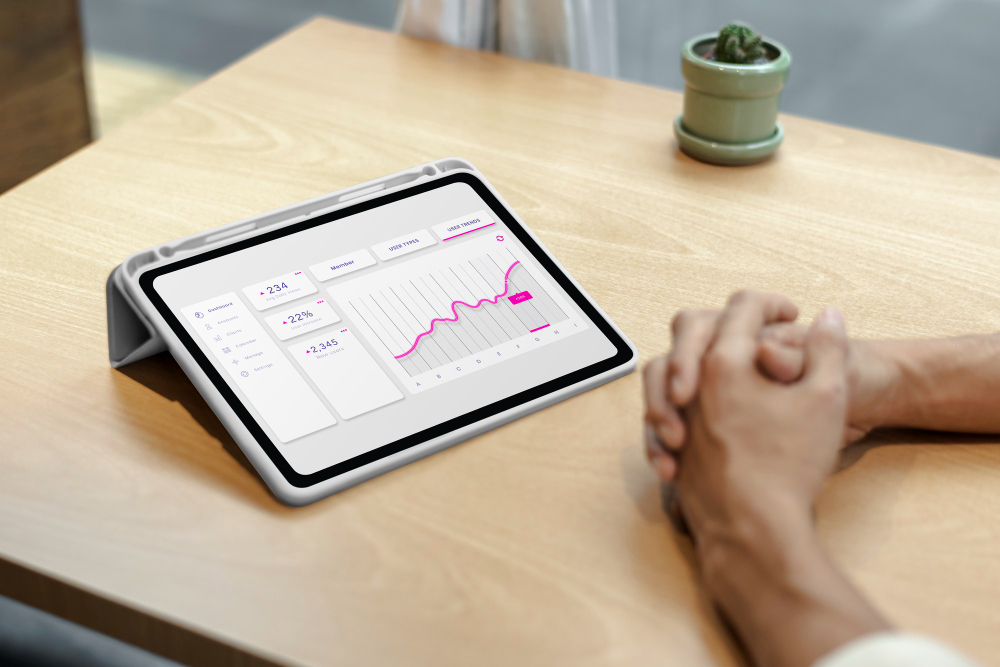Injuries are an unfortunate reality of sports, and they can have a significant impact on an athlete’s career and overall health. The good news is that data analytics can play a crucial role in reducing the risk of injury and improving injury prevention in sports.
Here’s how data analytics can be used to improve injury prevention in sports:
Monitoring athlete workloads
One of the biggest risk factors for injury is overloading athletes with too much training or competition. Data analytics can help coaches monitor an athlete’s workload, including the intensity and frequency of training sessions and competitions. This information can be used to ensure that athletes are not overworked, which can reduce the risk of injury.
Identifying injury risk factors
Data analytics can help identify specific risk factors that increase the likelihood of injury. For example, data can be collected on an athlete’s movement patterns, biomechanics, and muscle imbalances. This information can be used to develop targeted prevention programs that address specific risk factors and reduce the risk of injury.
Improving rehabilitation and recovery
Data analytics can also play a crucial role in improving rehabilitation and recovery from injury. By tracking an athlete’s progress during rehabilitation, coaches can monitor their progress and make adjustments to their rehabilitation program if necessary. This can help to ensure that athletes return to competition as quickly and safely as possible.
Predictive modeling
Predictive modeling is a technique used in data analytics to predict future outcomes based on past data. In sports, predictive modeling can be used to identify athletes who are at risk of injury and to develop targeted prevention programs. For example, if an athlete has a history of knee injuries, predictive modeling can be used to identify specific risk factors and to develop a targeted prevention program to reduce the risk of future knee injuries.
Wearable technology
Wearable technology, such as fitness trackers and smartwatches, can provide valuable data on an athlete’s performance and health. This data can be used to monitor an athlete’s workload, identify injury risk factors, and improve rehabilitation and recovery.
Conclusion
Data analytics is playing an increasingly important role in improving injury prevention in sports. TransStadia Institute Mumbai is at the forefront of using data analytics to help athletes stay healthy and reach their full potential with its B.Sc. in Data Science and Sports Studies program. Whether you’re an aspiring athlete or a coach, TransStadia Institute Mumbai has the resources and expertise to help you stay healthy and achieve your goals.
